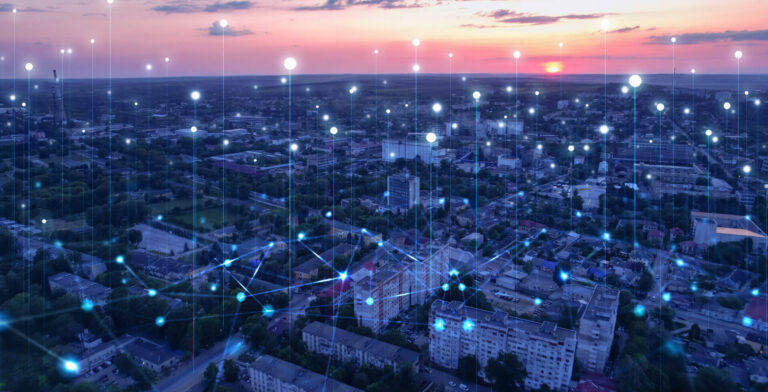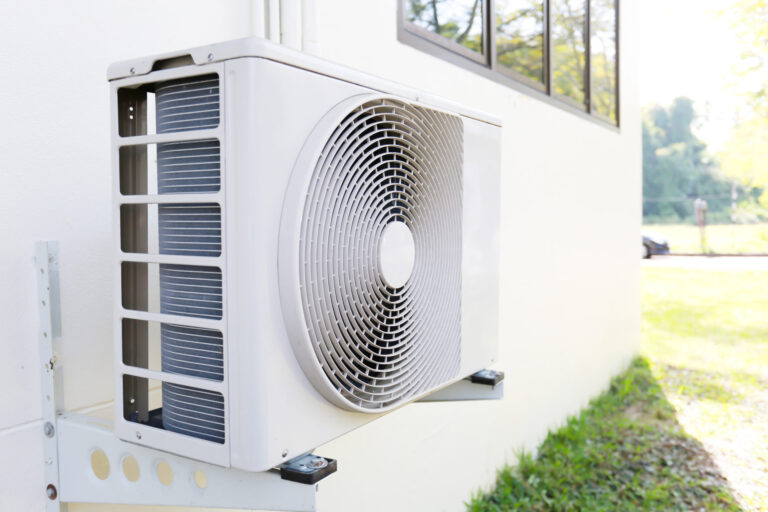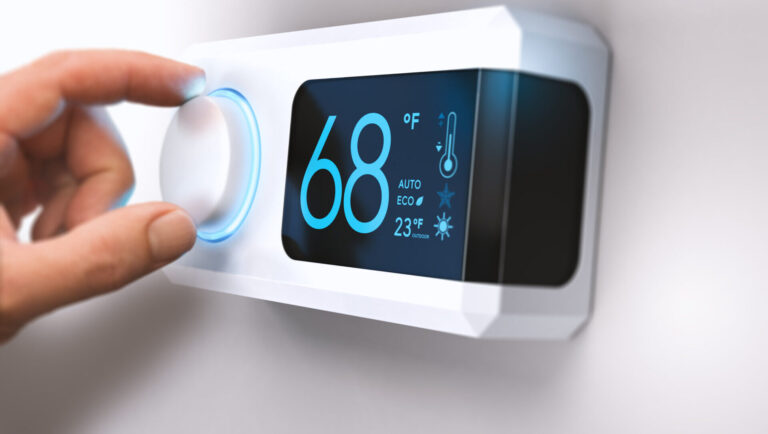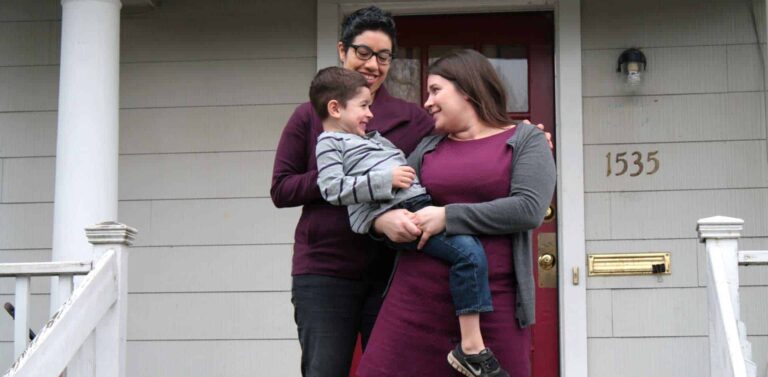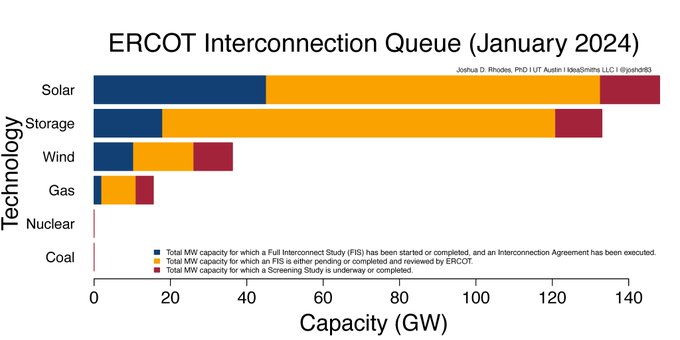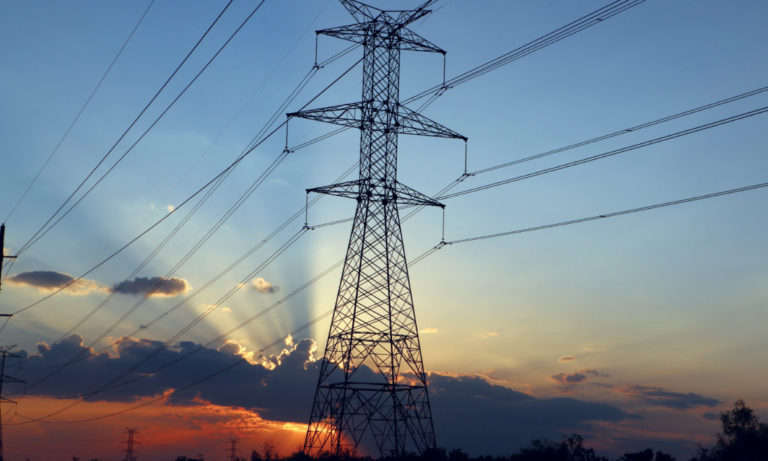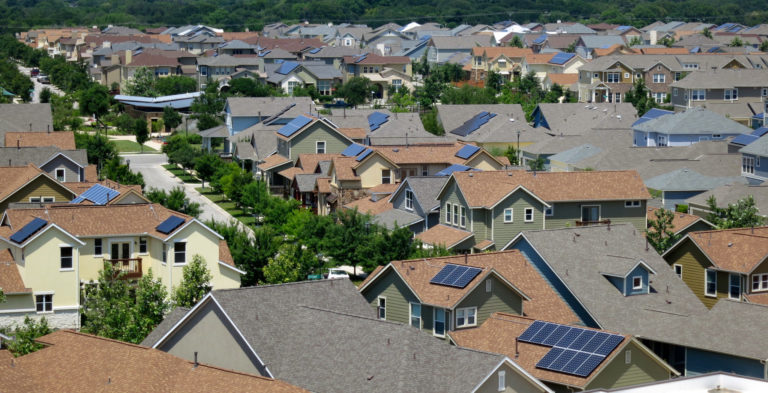February 26, 2021
 By Scott Hinson, chief technology officer, Pecan Street
By Scott Hinson, chief technology officer, Pecan Street
Just like Texans across the state, participants in Pecan Street’s research network were hammered by a freak winter storm last week that crippled the state’s grid, caused billions of dollars in damage and resulted in more than 80 deaths.
Unlike most Texans, our participants have an unusually high penetration of rooftop solar and our research equipment that measures their electricity use and generation every second of every day.
Last year, we looked at how Austin’s stay-at-home orders affected energy use. This week, we dove into the winter storm data to see how solar panels performed and how they may have eased overall demand on the grid.
Catching available sunlight in a winter storm
Irradiance is the amount of sunlight that’s “available” to be turned into electricity by solar modules. Figure 1 shows the how irradiance and solar generation varied throughout the week as snow accumulated and then melted.
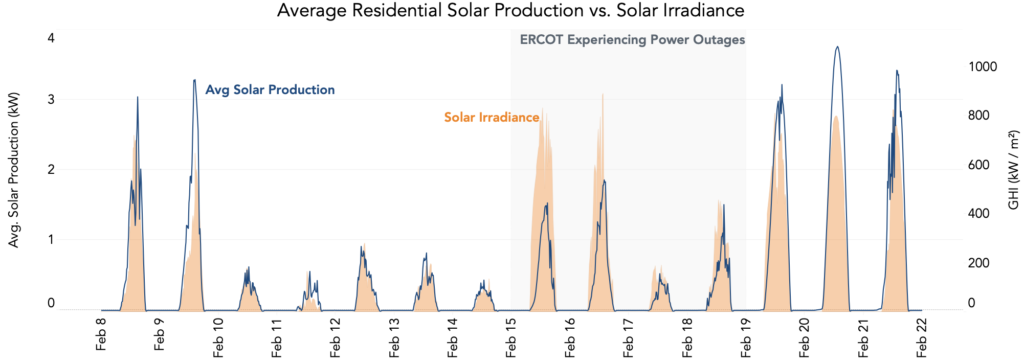
The type of snow that falls and the design of the solar systems make a big difference on how snowfall affects solar performance. Light and dry snow may not stick at all, especially if the solar modules are installed on a higher pitch. Even if snow does gather on the modules, some light does make it through, and, depending on how the system is wired, upper modules may still produce fully as snow falls or slides down to lower modules.
For the record, snowfall in Austin is extremely rare, so roof pitches are less extreme than in northern climates, and most solar installers do not design Texas solar systems with snowfall in mind.
Even so, the solar systems on Austin homes in our network still performed. Snow did impact production, dropping it roughly 60% for February 15 and 16 before the snow accumulations melted. The days leading up to the storm were extremely cloudy, and even with the snow load the generation on those days exceeded the days prior to the accumulation.
Impact on Grid Demand
Just as important as the performance of individual solar modules is the impact that solar had on easing a home’s demand on the grid during the electricity emergency. Before and after the storm and crisis (see Feb 9, 10, 20, 21, 22 in Figure 2) you can see that, on average, solar homes had prolonged periods of negative grid demand – they put more energy onto the grid than they pulled from it.
During the storm and extreme freeze, that flipped. Solar could not fully provide all the energy that freezing families needed.
But it helped a lot. During daylight hours, solar reduced customer grid demand 37%. If you include nighttime hours (when, of course, the sun doesn’t shine), these homes showed 7% less grid demand.
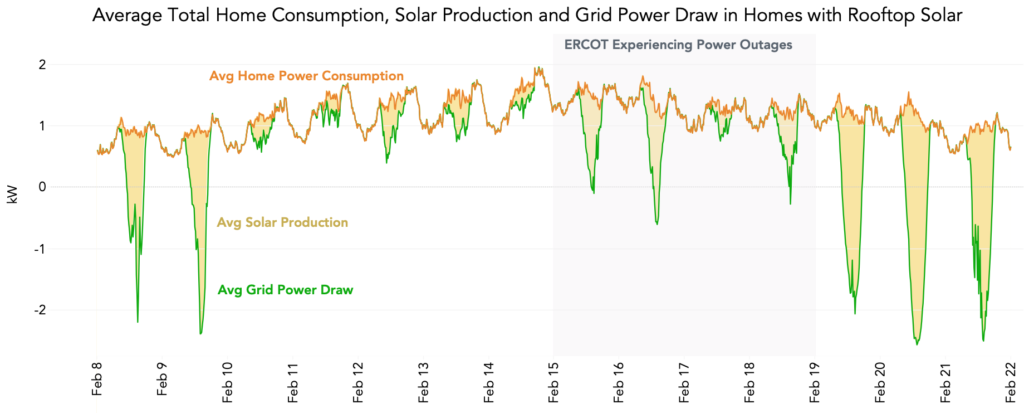
Taking advantage of solar homes in emergencies
One of the big stories during the outages was that the blackouts were intended to be “rolling.” Areas with critical loads, like hospitals, emergency response centers, and others, would keep power on at all times. Beyond those critical areas, some areas would be off while others were on, but for short periods. That didn’t happen. Some areas went dark for extremely long periods of time.
Our grid isn’t a perfect square by square diagram, where you can pick block-by-block outages. The electrical grid is expanded piece by piece to accommodate growth. That means that these critical load circuits and circuits that could be shed to prevent a wider and longer blackout didn’t have an easily visible pattern. The granularity of control is fairly coarse and imprecise.
Which brings us back to advanced smart grids with distributed energy resources like solar and batteries. The event in Texas was too long in duration for batteries (at their current cost and capacity) to have eliminated the rolling blackouts. But it does point to the need to deploy them. Circuits with heavy penetration of solar and batteries could have been tasked to discharge batteries for shorter bursts, potentially enabling some circuits cut off for the emergency to be powered on for short periods during the day.
Further, in Texas and other areas implementing smart meters, utilities have the technical ability to control power to an individual structure at the meter. The functionality was put into place in order to facilitate disconnects when people move or for load control situations like we just had. For example, it is technically possible to disconnect odd numbered houses first, or only a portion of the houses in an area with heavy solar/battery penetration. It is possible to make the rotation of those rolling blackouts more distributed and equitable while maintaining power to the critical loads we need to keep online. Obviously, this would make overall control of the system more complex, but in the future, the grid will need to be smarter to cope with weather events like the one we just had.
As state leaders contemplate how to make the grid stronger and smarter, they should think of residential solar as a helpful solution that can not only ease demand during normal weather, but during crises, as well.









